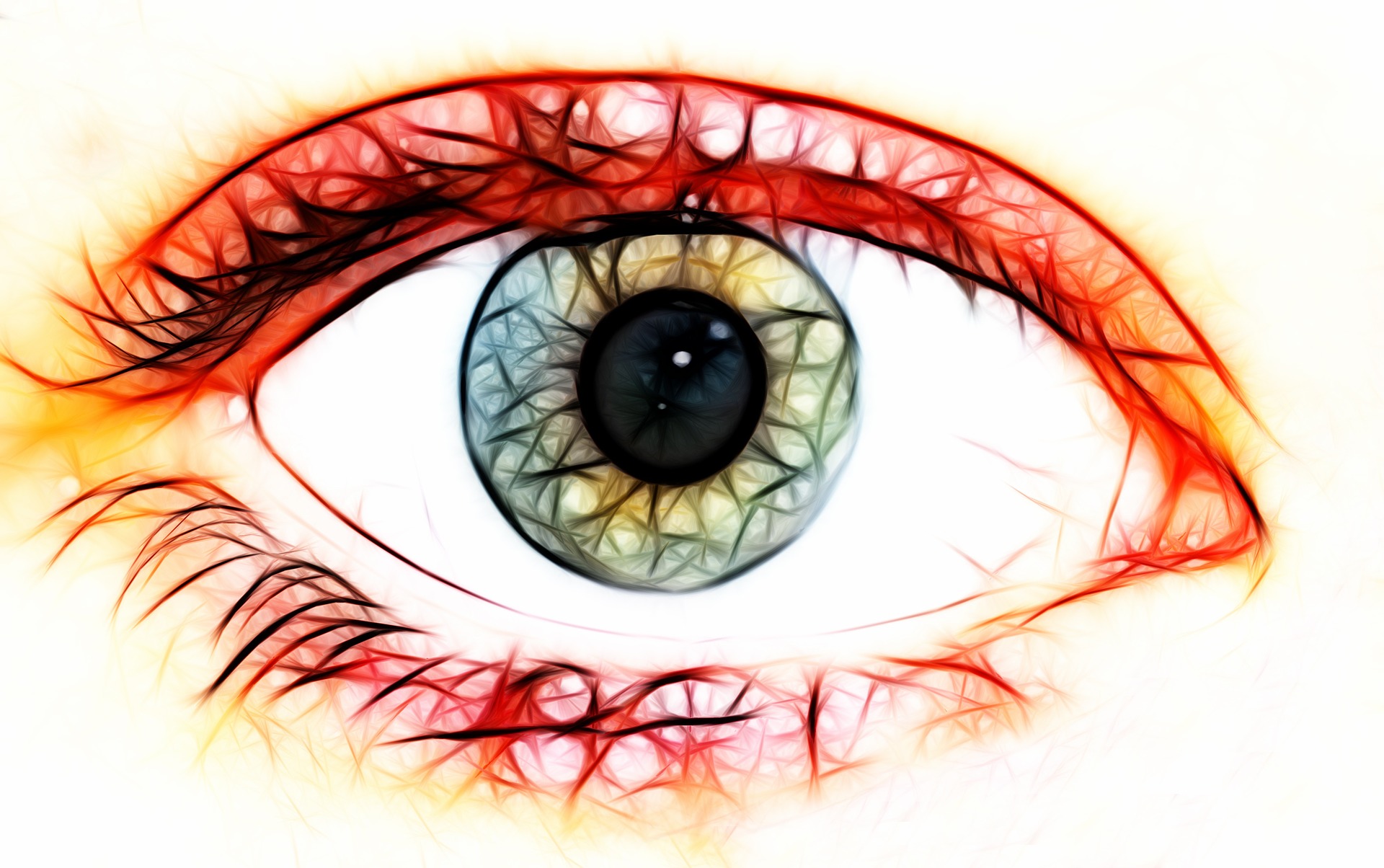
SICKLE CELL AND MENTAL HEALTH
Medical haematology teams all over the world, have been studying and and looking deep into the issues of having a long term illness like Sickle Cell and constant chronic pains and its psychological impact on the patient. This research has been going on for a while but it is now coming to the forefront.
The management of sickle cell disease (SCD) continues to pose a challenge to both haematologists and affected patients. Treatment advances over a generation have greatly improved the quality of life and longevity of patients. Nonetheless, the current position in terms of the identification of the clinical implications of psychological complications and management within a multidisciplinary context remains unsatisfactory. Haematologists have only begun to address this issue recently.
This review examines the evidence for some of the common psychological complications found across the life span of patients with sickle cell disease (SCD), which are likely to be encountered by haematologists responsible for their medical management. Electronic searches of medical and psychological databases were conducted with a focus on three main areas: psychological coping, quality of life and neuropsychology. Psychological complications were identified in both children and adults with SCD, and included inappropriate pain coping strategies; reduced quality of life owing to restrictions in daily functioning, anxiety and depression; and neurocognitive impairment. There were wide variations in design and consistency of the studies, therefore, some caution needs to be observed in the findings.
Psychological impact of SCD Psychological complications in patients with SCD mainly result from the impact of pain and symptoms on their daily lives and society’s attitudes towards them. Early research in psychological aspects of SCD examined the extent of its impact on both children and adults, and the functioning of affected families. These studies showed that the most frequent psychological problems encountered include increased anxiety, depression, social withdrawal, aggression, poor relationships and poor school performance (Treiber et al, 1987; Evans et al, 1988; Armstrong et al, 1993; Brown et al, 1993). A few case reports also indicated high levels of parental anxiety, overprotection, excessive feelings of responsibility and guilt (Whitten & Fischoff, 1974; Graham et al, 1982). The psychological impact of SCD on individuals may be grouped into a set of illness-related tasks (Moos & Schaefer, 1984): adjusting to the symptoms and incapacities; maintaining adequate relationships with health professionals; and managing the emotional and social consequences of the illness. The extent to which individuals are affected by SCD may therefore be determined by their coping responses, as dealing with its continuous demands requires the acquisition of new skills and modifications to daily life.
The relationship between medication use and the pain experienced as a result of SCD seems to be complex, especially regarding opioid analgesia. For example, studies have shown that patients with SCD use more opioids as pain intensity increases (Porter et al, 1998; Dampier et al, 2002), yet the concerns of some sickle cell patients who are overtreated with opioids in hospital (Maxwell et al, 1999), and the issue of dependency on opioids as a result of hospital treatment (Konotey-Ahulu, 1998) have been documented. It may be the case that health professionals have poorly understood pain and medication use in patients with SCD (Shapiro et al, 1997; Agble et al, 1998; Maxwell et al, 1999). Many doctors, including haematologists, have found it difficult to treat patients with severe pain who require frequent hospitalizations. These patients, sometimes referred to as ‘problem patients’, usually demand very high doses of opioids. In addition, the notion that a considerable number of patients may be psychologically dependent on opioids is unfounded (Elander et al, 2003), and rather seems to be associated with other factors such as mood and activities (Anie & Steptoe, 2003), and inappropriate pain related behaviour or coping strategies (Elander et al, 2004).
www.onlinelibrary.wiley.com
SCD can impact on a youth’s psychosocial well-being. Chronic illness can place significant stress on families emotionally, financially, and physically. Often communication and social support between family members and the hospitalised child or adolescent can suffer due to other obligations, time or financial constraints. Chronically ill children often have a hard time with socialisation and adjusting to normal developmental transitions due to time spent in hospital and away from peers. Hospitalised and ill children and adolescents need social support and contact from family and peers in order to normalise and transition through development stages while also adapting to life with a chronic illness. Family involvement has been shown to produce better outcomes for the ill child, both emotionally and physically.
Many of the concerns with hospitalisation and social issues were common. Given that children and adolescents with SCD often suffer with feelings different than their peers, the desire to hide their disease to avoid judgement, and face social isolation due to frequent hospitalisations, better publicity of the social support network among SCD peers would be beneficial. This might provide youth with an outlet to voice their concerns and experiences, interact with others just like them, and rely on each other for social support without fear of judgement.
Aside from examining the idea of social support from other SCD peers, the support and communication with family and siblings was discussed. The four participants was visited daily by a parent, for varying amounts of time based on age and parental obligations. However, each participant discussed missing their siblings often during hospitalisation and how much they enjoyed it when they were able to visit. The frequent hospitalisations can place a lot of stress on the family unit and disrupt typical social interactions between family members. It has been shown that social support, especially from family, is a significant indicator of quality of life and adjustment for SCD children and adolescents.
The two adolescents discussed how they keep their illness a secret and do not want to involve their friends to avoid drawing unwanted attention or being viewed as different, a common fear among SCD children and adolescents. Those frequently hospitalised participants are removed from peers and social settings and missed their friends. The adolescent girl stated that she really enjoyed when she was able to speak with her friends and wished she could more often. Both adolescents were still very dependent on their parents during a time when typical adolescents are seeking autonom. The two children often missed out on physical activities at school and with friends due to hospitalisations and fear of painful crises. The children described feelings of sadness and fear of getting sick, holding them back from participating in activities with other children. The children were not able to participate in physical education classes or sporting activities like their peers, reducing quality of life.
Sickle cell disease has profound effects on the physical health, as well as the psychosocial and emotional health of young patients.
pdf: ubplj.org/index.php/wlmj/article/download/847/770
As with most chronic diseases, depression and other psychiatric disorders are common in SCD. Rates of depression are similar to those found in other serious chronic medical disorders, ranging from 18% to 44%, and are increased over rates in the general population even when one controls for illness-related physical symptoms. In a Nigerian study, subjects with SCD had a prevalence rate of depression greater than those with cancer or malaria (but less than those with HIV/AIDS). While studies of depression in children with SCD have shown mixed results, children experience high rates of fatigue and other somatic complaints, impaired self-esteem, feelings of hopelessness in the context of frequent hospitalizations, absences from school, and the inability to experience a normal childhood.
There are many potential contributing causes to symptoms of depression and anxiety in SCD. These include the chronicity of the illness; unpredictability of crises; chronic pain; overwhelming nature of medical complications, including anemia, fatigue, growth retardation, physical deformities, leg ulcers, renal failure, strokes, and substantially reduced life expectancy; and racial prejudice and stereotyping. SCD may result in social derision, disability, and financial stress as well as stigmatization for pseudoaddiction to opioid analgesics. One study found that adults with SCD had lower self-esteem than those with HIV/AIDS or cancer. Chronically prescribed opioids may contribute a component of substance-induced mood disorder.
Children with SCD are often underweight, shorter than normal children, and have delayed puberty. With their small stature, adolescents with SCD encounter problems with self esteem, dissatisfaction with body image, and social isolation, with participation in athletics also limited due to fear of initiating a vaso-occlusive crisis. School performance suffers when hospitalizations lead to missing multiple school days. Accordingly, adolescents often experience hopelessness and social withdrawal.
PiSCES found that 27.6% of adults with SCD were depressed and 6.5% had anxiety disorder. Depressed subjects had pain on significantly more days than non-depressed subjects (mean pain days=71.1% versus 49.6%, P<.001). On non-crisis days, depressed subjects had higher mean pain, distress from pain, and interference from pain than those without depression. Both depressed and anxious subjects had poorer functioning on all dimensions of HRQOL, even after controlling for demographics, hemoglobin type, and pain. The anxious subjects had more pain, distress from pain, and interference from pain, both on non-crisis days and on crisis days, and used opioids more often. Anxious patients were also more likely to be emergency room “frequent flyers.”
As noted above, recurrent painful crises represent the most common reason patients with SCD seek acute medical care. Painful crises most frequently involve the abdomen, chest, back, and extremities. Both the unpredictability and the severity of crisis pain contribute to its psychological morbidity and debilitation. It is interesting that higher hematocrit is associated with more pain. Contrary to many studies of acute and chronic pain of other causes, men and women with SCD report generally similar pain experiences, both in terms of acute crisis pain and chronic pain.
www.http://primarypsychiatry.com/psychiatric-issues-in-adults-with-sickle-cell-disease/








God bless u more ma
Azeez, thank you for your encouragement. Take good care of yourself and I wish you well.